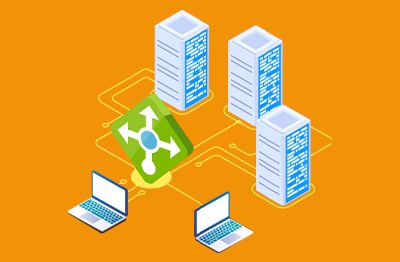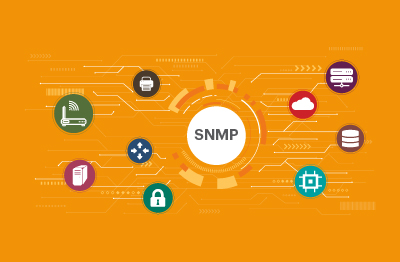F5 Load Balancer
What is an F5 Load Balancer?
An F5 load balancer is a network solution (often a hardware device, although increasingly the term “Load Balancer” is used for software solutions) that distributes incoming network traffic across multiple servers to ensure no single server becomes overwhelmed, enhancing the availability, performance, and reliability of applications and services. The term "F5" refers to products and services offered by F5, Inc., a company known for its application delivery networking (ADN) technology.

F5 sell load balancing solutions under the umbrella of their BIG-IP brand, see: BIG-IP application services, hardware, and software | F5. The BIG-IP brand includes both software and hardware appliances such as the popular iSeries, see: F5 BIG-IP iSeries Platform | F5.
Why should you use a Load Balancer such as F5?
Using a load balancer such as an F5 solution is essential for businesses that need high availability, reliability, and optimal performance for their applications and services. It distributes incoming network traffic across multiple servers, preventing any single server from becoming overwhelmed and ensuring continuous operation even if one server fails. This load balancing enhances fault tolerance and scalability, allowing the addition of more servers to handle increased traffic seamlessly.
F5 load balancers also optimize performance by managing SSL offloading and efficiently utilizing resources, reducing latency and improving user experience. Security is bolstered through features like DDoS protection and web application firewalls, which guard against common web threats.
Additionally, they support disaster recovery by enabling geographical distribution of traffic, ensuring business continuity. With centralized control, automated health checks, and detailed logging, F5 load balancers simplify management and help in maintaining regulatory compliance.
How do I deploy an F5 Load Balancer?
F5 load balancers can be deployed as physical appliances, virtual appliances on hypervisors, or in public cloud environments like AWS, Azure, and Google Cloud Platform
How popular are F5 Load Balancers?
Various analyst firms regularly publish reports on vendors’ market share of the load balancing sector (usually paid for), estimates of F5’s share seem to widely vary. However, our experience is that it is usually a key vendor included in most of these bakeoffs and it is certainly a core technology we frequently encounter in use by our customers. Some external third-party comparisons and overviews (of unverified veracity) you can explore include:
How can I monitor an F5 Load Balancer?
Since F5 Load Balancers plays such a critical role in Internet facing IT infrastructures, even a slight deterioration in the performance of a load balancer can adversely impact critical IT web services of an enterprise. For many organizations, performance issues in web services can result in significant revenue losses or even regulatory fines and punishments. To avoid such adverse impacts, most organizations choose to ensure that their BIG-IP load balancers are continuously monitored.
How does eG Enterprise help monitor F5 Load Balancers?
The eG Enterprise provides a specialized domain-aware F5 model for managing a BIG-IP load balancer.
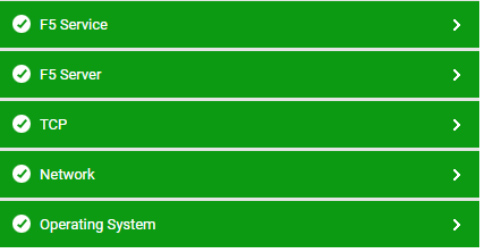
The layer model of a BIG-IP load balancer
Every layer of the F5 layer model is mapped to a set of tests, which use the host's SNMP MIB to extract critical statistics pertaining to the load balancing activity performed by BIG-IP. The performance metrics reported by these measures reveal the following:
System Monitoring |
|
Workload Monitoring |
|
Load Distribution Monitoring |
What is the F5 BIG-IP Local Traffic Manager?
Traffic management involves prioritizing, shaping, and directing / routing network traffic to guarantee the availability of essential applications.
An all-encompassing traffic management strategy includes load balancing, rate shaping, and implementing measures to maintain Quality of Service (QoS) and overall network availability.
The F5 BIG-IP Local Traffic Manager (LTM) is a comprehensive, single-unit solution for traffic management within a network. BIG-IP DNS handles traffic management across network boundaries.
The BIG-IP Local Traffic Manager (LTM) is an application delivery networking system that secures, optimizes, and delivers applications. This system provides a suite of security services that enhance network and protocol level security, filter application attacks, and thus protect your mission-critical applications.
In addition, the BIG-IP Local Traffic Manager removes single points of failure and virtualizes the network and applications using industry-leading L7 intelligence. Furthermore, it includes static and dynamic load balancing methods, which track dynamic performance levels of servers in a group and ensures that all sites are always on, more scalable, and easier to manage.
Monitoring the BIG-IP Local Traffic Manager (LTM) with eG Enterprise
Since application delivery delays, inefficiencies, and failures can cause prolonged service outages and cost an enterprise money and reputation, the continuous operation and good health of the LTM is of paramount importance. To ensure this, eG Enterprise provides a specialized F5 Traffic Manager model that helps the administrator to continuously monitor the F5 Traffic Manager.
eG Enterprise provides a specialized F5 Traffic Manager model. By periodically polling the SNMP MIB of the traffic manager, the eG Enterprise external agent extracts useful metrics revealing the availability of the manager, the resource usage of the manager, the status of the pools managed by the manager, and more!
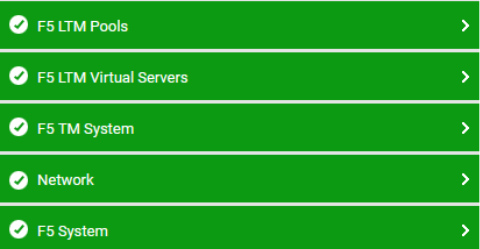
Layer model of the F5 Local Traffic Manager
Within each layer a series of domain-aware tests extracts metrics, log and events abou the LTM. The metrics and other data that are extracted allow the administrator instant access to answer to key questions such as:
For physical appliances information regarding the hardware will be available, including:
How does AIOps benefit the observability of F5 technologies?
At the heart of the eG Enterprise platform is a powerful AIOps engine leveraging AI, Machine Learning, algorithms and statistical analyses to learn and understand your networking workloads and their relationships and dependencies to end-users, applications and infrastructure.
This domain-aware intelligence means the eG Enterprise platform can perform proactive automated alerting, anomaly detection, root-cause diagnosis and even automated remediation at the scale modern enterprises need.
Learn more about why AIOps features are now essential for networking and load balancing observability, see: AIOps Powered Monitoring | eG Innovations.
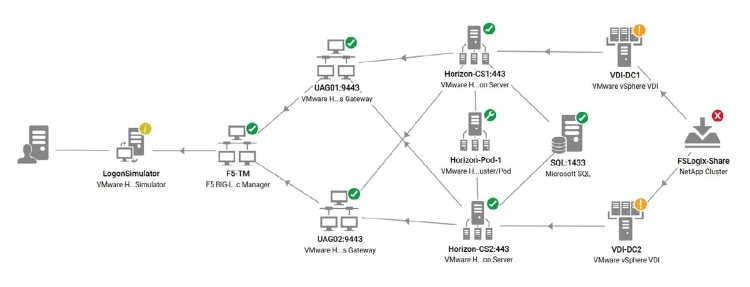
AIOps technologies include auto-discovery features which enable eG Enterprise to offer users rich topology maps
What are the alternatives to F5 Load Balancers?
Alternatives to F5 load balancers include various hardware and software solutions that provide similar functionality for distributing network traffic across multiple servers. A range of other vendors offer hardware, software, cloud-native and/or virtual appliances that provide similar functionality to F5’s solutions. Prominent alternatives brands and solutions, include: NetScaler – formally Citrix ADC (formerly Citrix NetScaler), Kemp LoadMaster, NGINX, Traefik, AWS Elastic Load Balancing (ELB), Azure Load Balancer, and Google Cloud Load Balancing.


